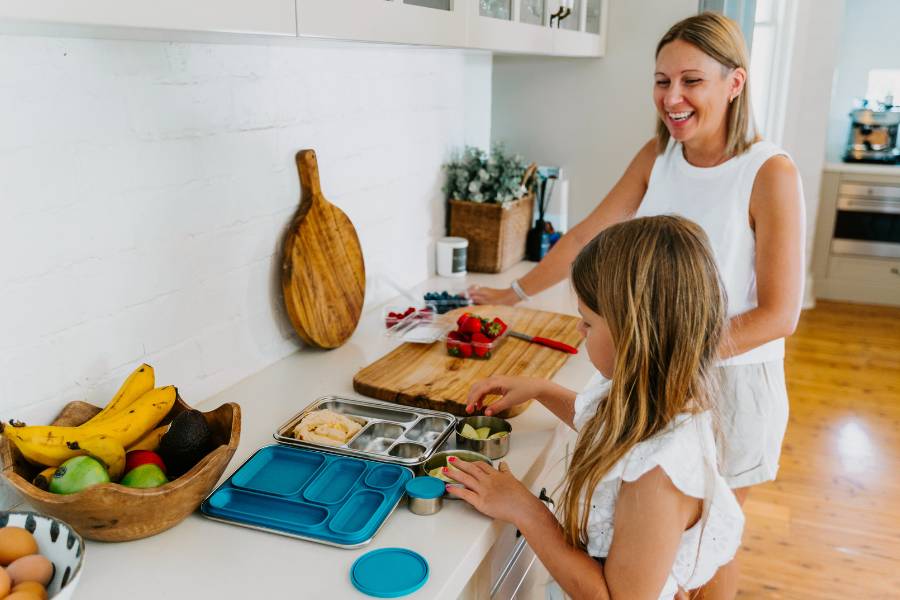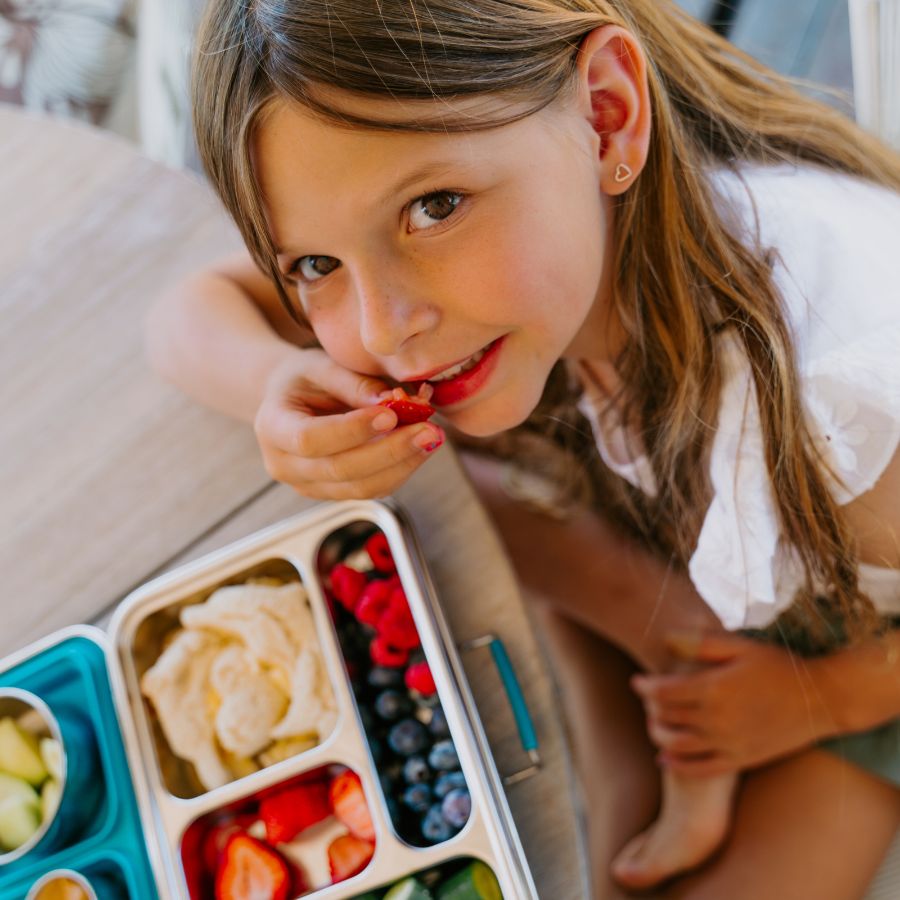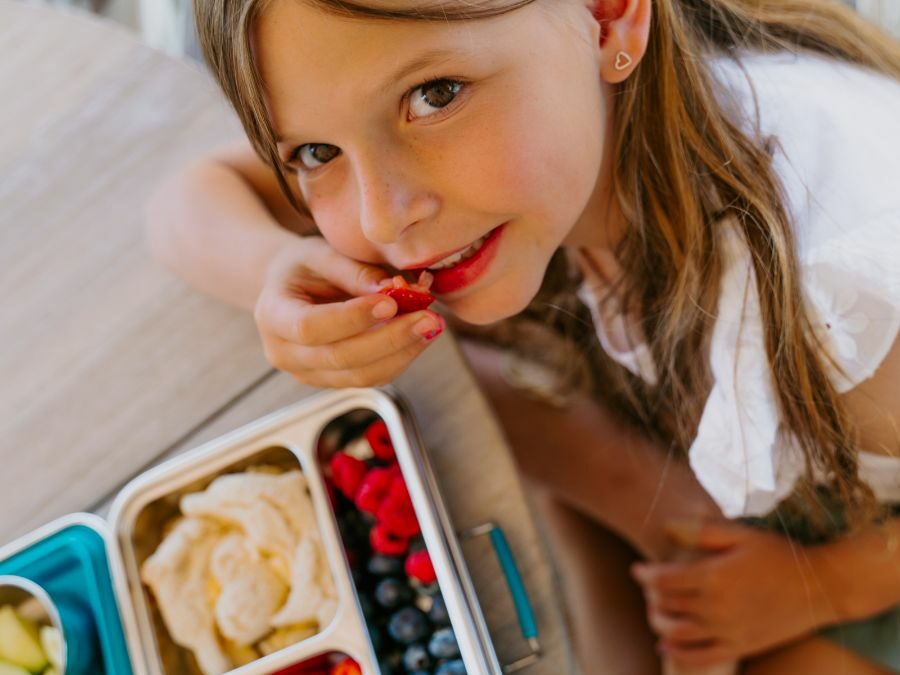
Nutritionist and mother of three, Katie Thorp, shares practical tips for successful lunch box preparation. Acknowledging the challenges parents face, she emphasises the importance of involving children in the process, promoting balance in meals, offering bite-sized options, avoiding new foods in the lunch box, and staying organised by preparing in advance. Thorp encourages parents to focus on building a positive relationship with food and reassures them that doing their best is all that anyone can ask.

Remember, we are simply trying to develop a positive relationship with food for our children. Do your best to involve your child, get a little bit organised when you can, and provide a fun and calm food environment – this will go a long way to making lunch boxes less overwhelming for you and your child.
As a Nutritionist and a mum of three busy daughters, I can appreciate how challenging packing a lunch box for every day of the school year can be! We always want the very best for our children, however, having the motivation and energy to pack food that is enjoyable, nourishing and filling, is tricky at times. There are always so many competing priorities for children at school, they don’t want to be sitting and eating their lunch for hours, they want to be out and playing with their friends! This can mean that regardless of what delicious array of foods you have packed, some days your child will simply eat none of it. This can be a bitter pill to swallow. Just know that you’re not the only one. The packing of a school lunch box day in and day out is hard for everyone. You’re doing your best and that’s all anyone can ask of you.

Helpful tips for planning and preparing your child’s lunch boxes:
Involve your child
Balance is great
Make it bite-sized
Don’t introduce new foods
Get organised
As parents, we’re all just doing our very best. Does this mean we get it spot on, every single day? Absolutely not! Being a parent is the hardest job on earth and providing food for our families for all the meals, can get incredibly tiring. Remember, we are simply trying to develop a positive relationship with food for our children. Do your best to involve your child, get a little bit organised when you can and provide a fun and calm food environment – this will go a long way to making lunch boxes less overwhelming for you and your child.
4 JANUARY 2023
WRITTEN BY KATIE THORP
PARENT | SENIOR NUTRITIONIST


